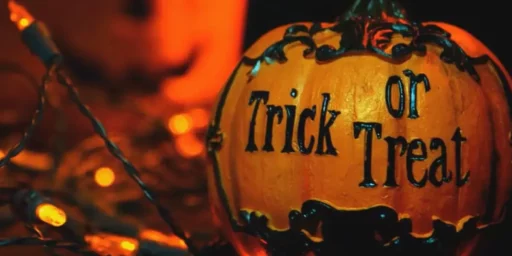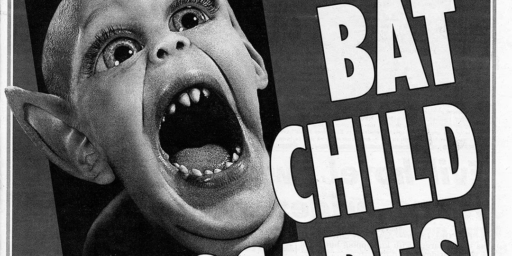Halloween Candy Tampering an Urban Myth
Stories about sickos putting razor blades and poison in Halloween candy have been circulating since I was trick-or-treating myself. The problem with those stories is that they are not true.
Candy Fears are Mere Halloween Phantoms (LiveScience.com)
It’s a time-honored Halloween ritual: children getting dressed up as scary creatures and trick-or-treating. It’s all harmless fun, except for the part where parents feel they must protect their children from sinister strangers. Each year, police and medical centers across the country follow another ritual, X-raying candy to check for razors, needles, or other objects that might have been placed there to hurt or kill innocent children. Special events are held that offer kids “a safe Halloween,” suggesting that there are real lurking dangers far worse than spooky costumes. Yet year after year, few if any sinister foreign objects are found. This scary tale is essentially an urban legend.
Despite e-mail warnings, scary stories, and Ann Landers columns to the contrary, there have been only two confirmed cases of children being killed by poisoned Halloween candy, and in both cases the children were killed not in a random act by strangers but intentional murder by one of their parents. The best-known, “original” case was that of Texan Ronald Clark O’Bryan, who killed his son by lacing his Pixie Stix with cyanide in 1974.
There have been a few instances of candy tampering over the years—and in most cases the “victim” turned out to be the culprit, children doing it as a prank or to draw attention. With the exceptions noted above, no child has been killed or seriously harmed by contaminated Halloween candy.
There are several problems with X-raying Halloween items to find harmful objects. For one thing, it would be obvious to even the most sugar-addled child or teen if a razor blade or pins were stuck in an apple or candy bar. Secondly, X-raying provides a false sense of security, since the process would reveal metal, and possibly glass, but would not detect poison. Third, and most obviously, it’s unnecessary: if in doubt, throw it out! Like any other food—including last week’s questionable leftovers lingering in the fridge—if you have even the slightest good reason to suspect that a piece of candy has been tampered with, it’s easiest to simply toss it. There’s no need to waste medical facility or police time making sure that a small free candy bar is safe to eat.
Quite so. The bottom line is that parents should go trick-or-treating with their kids and only take them in neighborhoods they trust. Regardless, the kids are far more likely to get hit by a car or mugged than they are to get poisoned.






Some cases of candy adulteration are very true and very sad. For example, I’ve seen people put healthy snacks into the bags of poor, unsuspecting trick-or-treaters.
Granola bars. Apples. Toothbrushes.
They must be stopped.
Good I can safely eat all my kids collect Monday night!
i cant believe those parents!!!